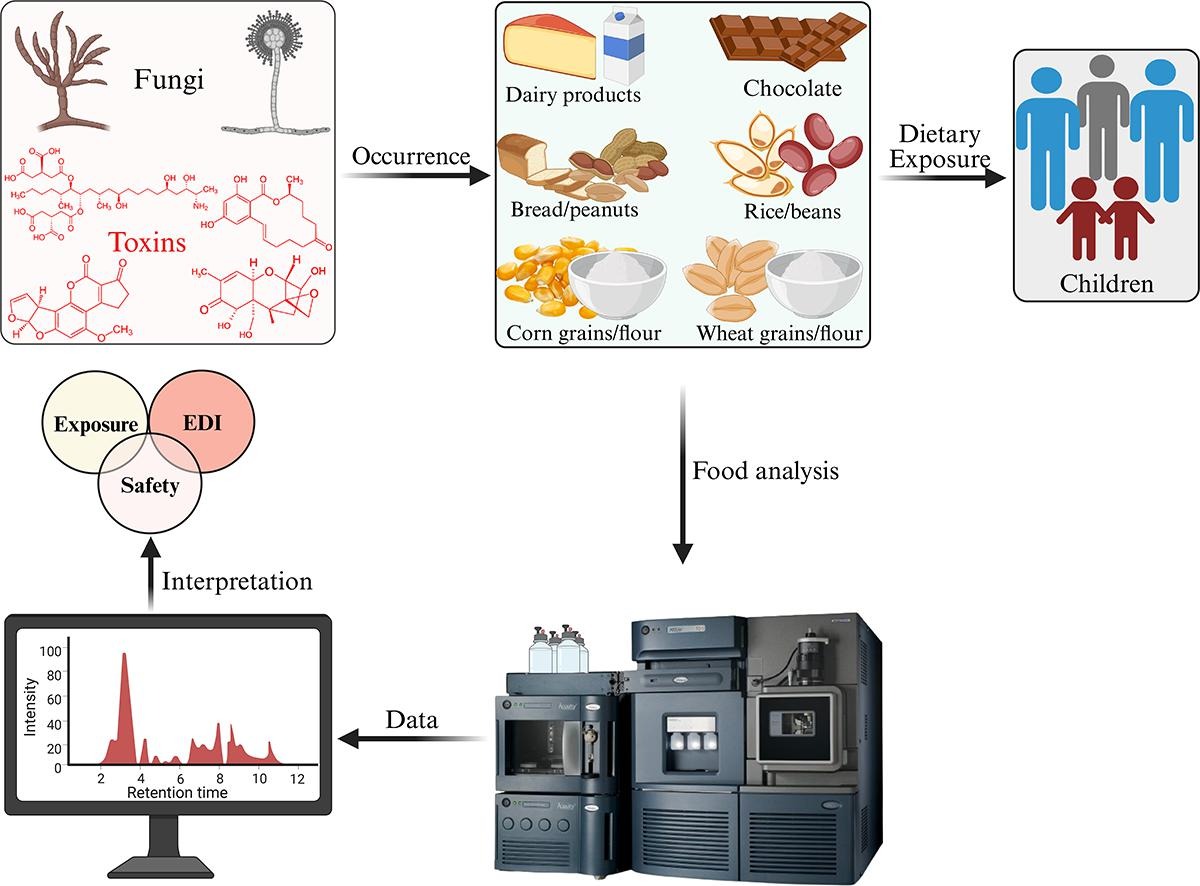"Informed AI News" is a news aggregation platform based on AI, aiming to provide users with high-quality news content that has been carefully selected and organized. It analyzes a vast array of news sources, filtering out low-quality or untrustworthy information to ensure that users receive accurate and timely news. Find out more >>
Study Reveals High Levels of Mold Toxins in Brazilian Food Staples
- summary
- score


In Brazil, a study conducted by the University of São Paulo (USP) has revealed alarming levels of mold toxins in common household foods such as flour and rice. These toxins, which are known to cause cancer and disrupt hormonal balance, pose significant risks, especially to children and teenagers. The research, supported by FAPESP and published in "Food Research International," represents the first application of biomarkers to evaluate these dietary risks in Brazil.
The study identified six key toxins: AFs (aflatoxins), FBs (fumonisins), ZEN (zearalenone), T-2 (T-2 toxin), DON (deoxynivalenol), and OTA (ochratoxin A), all of which have potential carcinogenic, immunosuppressive, or endocrine-disrupting effects. Notably, levels of FBs, ZEN, and DON surpassed safety thresholds. Carlos Augusto Fernandes de Oliveira, the lead researcher, emphasized the extreme danger posed by aflatoxin B1, a potent natural carcinogen identified as early as the 1960s.
This research highlights the critical importance of proper food storage, particularly in dry conditions to prevent mold growth and contamination. The second phase of the study is currently underway, involving the analysis of urine samples from affected children and teenagers to better assess toxin exposure and its health implications.
Mold toxins, unlike some chemicals, do not accumulate in the body but continue to cause progressive harm, making early detection and prevention essential, particularly for young individuals who are more vulnerable to their detrimental effects.
| Scores | Value | Explanation |
|---|---|---|
| Objectivity | 5 | Content provides balanced reporting on the findings of a credible study. |
| Social Impact | 4 | Content could influence public opinion on food safety and storage practices. |
| Credibility | 5 | Content is based on a study from a reputable institution, backed by evidence. |
| Potential | 4 | Content has potential to trigger changes in food safety regulations and consumer behavior. |
| Practicality | 4 | Content offers practical advice on food storage to prevent mold growth. |
| Entertainment Value | 2 | Content is informative but lacks typical entertainment elements. |